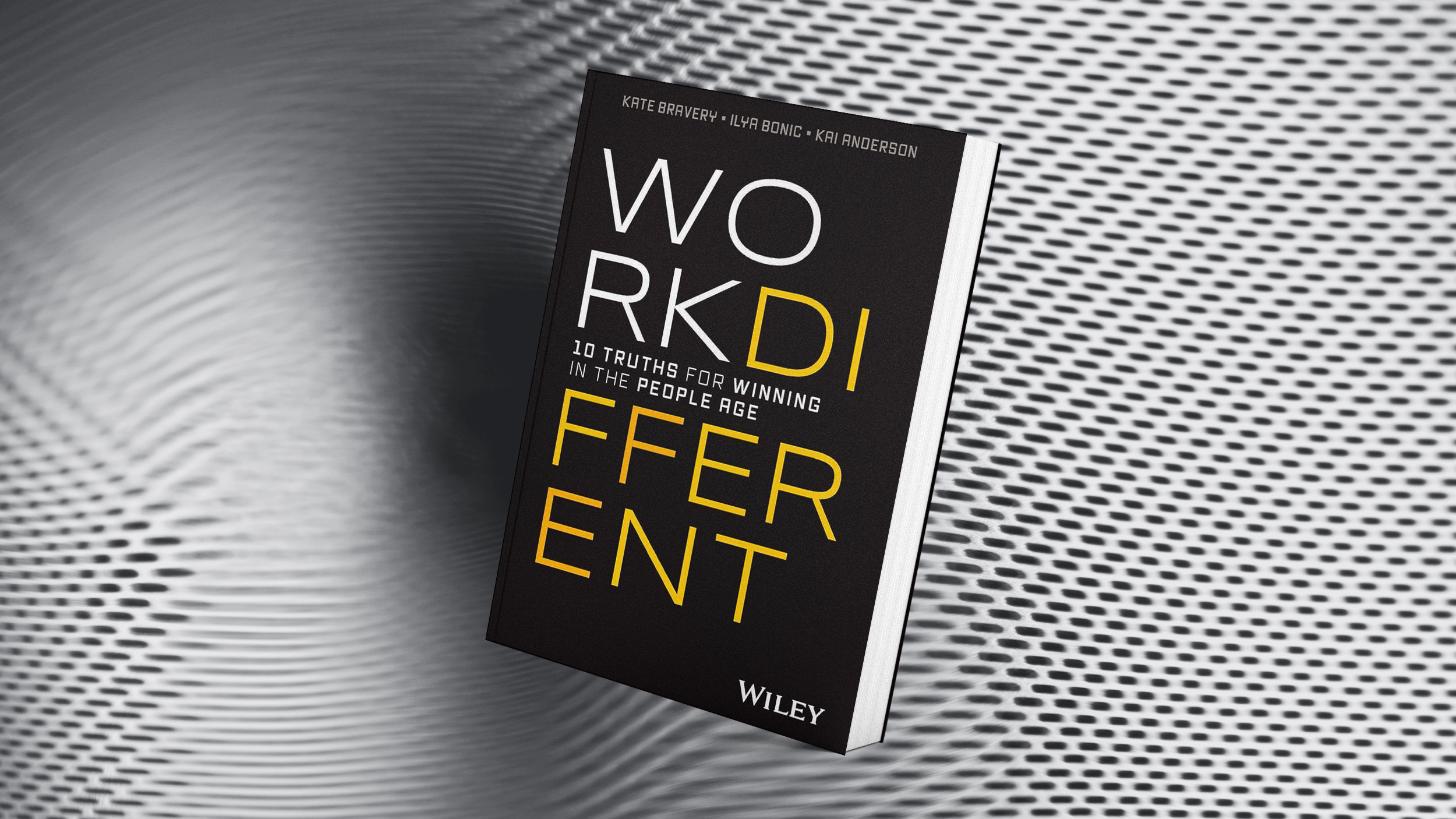The Economist and Project Red Stripe
n
nn
nn
The Economist has caught the innovation bug — as part of Project Red Stripe, a team of Economist staff members are assembling some of the best ideas from around the Web in order to generate innovative new ideas for the magazine:
“We’re a small team set up by The Economist Group, the parent company of the eponymous newspaper [sic]. Our mission is to develop truly innovative services online. In the past three weeks, we’ve used the site to collect ideas and received nearly 300 of them – more than we expected. We never intended to just run with them and we will now post summaries, each focusing on one theme or group of ideas. This will feed into our own idea generation process, the result of which we look forward to bringing to market.”
Over on the Project Red Stripe blog, there’s a summary of some of the ideas that have been presented to The Economist. One of the more intriguing ideas is The Open Institute of Prediction Markets, proposed by Chris F. Masse of the Midas Oracle: “The Economist Group should set up a Web-based outlet, “The OpennInstitute of Prediction Markets”, for the purpose of stimulating andnfocusing the energies of prediction markets on the creation of superiornglobal business intelligence.”
nn
In a post called Turning The Economist into an economy, Project Red Stripe highlights the fundamentals of how such prediction markets work:
“When we started gathering ideas twonweeks ago, I expected we would get a lot of submissions related to thenconcept of user-generated content (and we did, as the tag cloud next tonour idea submission form shows – a subject for a future post). Yetnthere were also a dozen entries in an area where I did not think wenwould receive much input: prediction, information or decision markets.
nn
For those not familiar with the concept: these are speculativenmarkets set up to make predictions on the outcome of a particularnevent. The most popular example is the US presidential election. Peoplencan bet on one candidate by buying a “contract”, essentially a promisenof the seller to pay, say, a dollar if the candidate wins and nothingnif he or she loses.
nn
Those certain of the candidate’s victory should be willing to pay upnto a dollar for this contract (they’ll pocket one dollar minus thenprice they paid). Those confident of a loss should want to sell such ancontract, expecting to be able to keep the money they got for it (andnnot having to pay the one dollar to the buyer). Given enough buyers andnsellers, this market should establish a price for the contract – whichnrepresents the probability of the candidate’s victory.”
nn
[video: Red Stripe beer]
n




